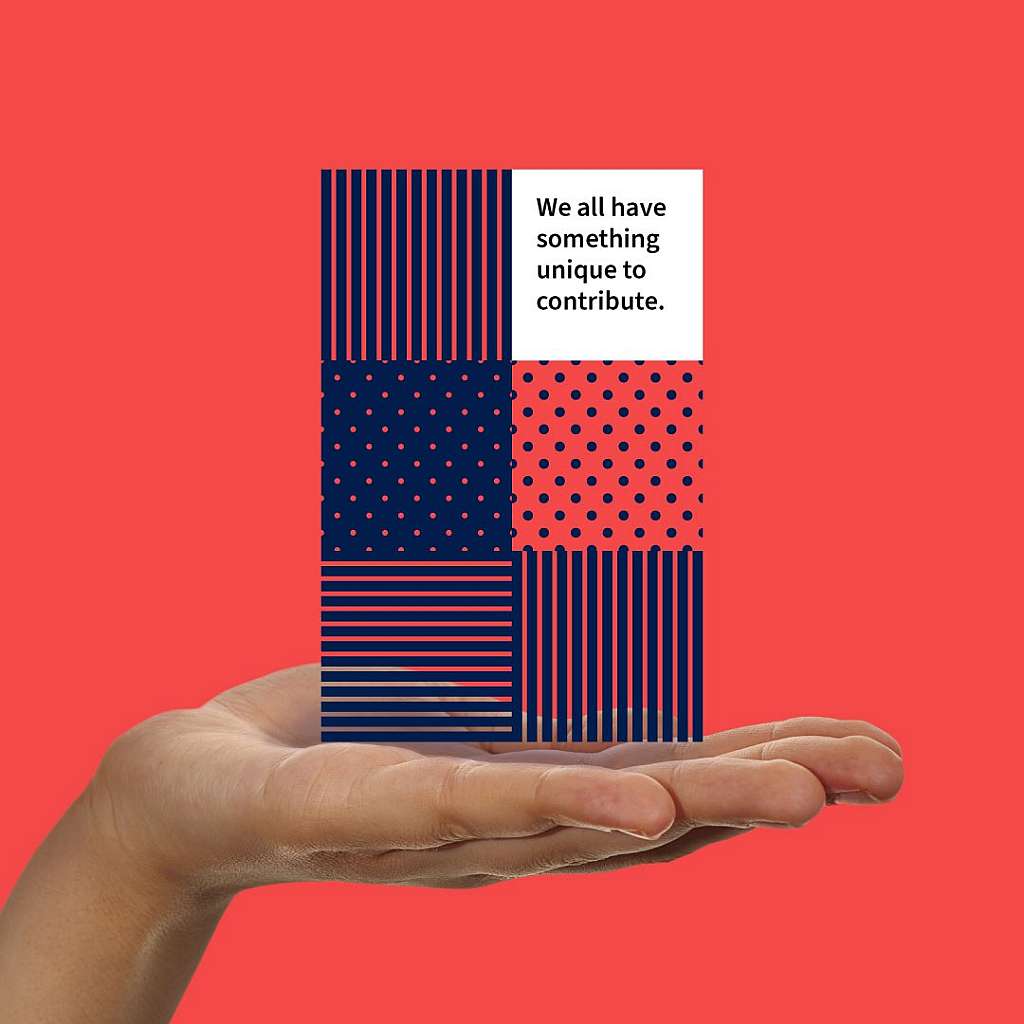Transforming Health with 5 Million Voices
Accelerating Detection of Disease’ aimed to revolutionise disease treatment by shifting from reactive to proactive care. Instead of waiting for symptoms, it empowered researchers to prevent, detect, and treat diseases like cancer, diabetes, and dementia far earlier.
We were tasked with making this vision relatable and recruiting 5 million volunteers for their groundbreaking research programme. No small feat, considering that 67% of people hesitated to share health data, even with loved ones.*
Making Complexity Relatable
In a world of instant gratification, turning a complex science programme into a powerful emotive connection was no small feat. Convincing people to play their part - even though the benefits would be felt by future generations - required a brand that harnessed altruism and collective impact. We showed that this was about creating a legacy, not just ticking a box.
Building Trust
Trust was the key. We positioned the initiative alongside the NHS—a name synonymous with trust and care. By aligning the programme with this trusted institution, we provided the reassurance participants needed to feel confident their data was in safe hands.
Cracking the Code of Community Engagement
Our mission? Reach everyone, everywhere. We teamed up with a breadth of communities and leaders from different faiths to dive into every nook and cranny of the UK, making sure we reached all those diverse voices. The message was clear: every single contribution mattered.
Supporting the need for democratised health
Recognising the changing landscape of health, we knew our value proposition had to empower individuals to better understand their own health and to use that understanding to help improve the health for everyone.Unlike conventional health initiatives that offer broad, generalised solutions, our brand highlighted the importance of individual contributions, ensuring everyone, including those traditionally overlooked by health campaigns, feels the brand is relevant to them.
Creating the branding for a healthier tomorrow
Inspired by the audience’s desire for impact, we created Our Future Health. This new brand represents the diverse UK population accurately, reflecting an optimistic promise everyone can support. With a dimensional mosaic logo, we captured the diversity of DNA and community, highlighting the collective effort toward improved health.
Guiding Growth and Nurturing Collaboration
While the senior client team was still being assembled, we supported as mentors and guides throughout the branding process. Our partnership is not just about developing a brand but also about collaboratively shaping a unified vision for the future.
Charting a Course for Tomorrow’s Health
Our Future Health represents a major advancement in healthcare. By translating complex science into a cause that everyone can understand and contribute to, together we’re shaping a healthier future, one recruit at a time.
A brand that inspired a nation to play their part
- OFH is the world’s largest health research programme.
- 1.6 million volunteers signed up in the first 2 years (that’s more than one a minute).
- In its 2nd year OFH have funded a further 30 donor vehicles.
Data Source: * ODI/YouGov 2019
